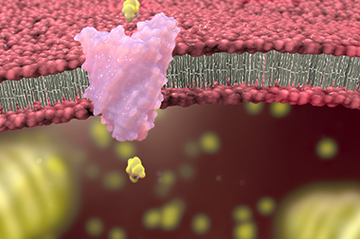GI Microflora Changes in Aging Dogs and Cats
Gail Czarnecki-Maulden, PhD
Nestlé Purina Research, Saint Louis, MO USA
Overview
Changes in fecal bacteria in aging pets and people have been linked with changes in immune function, the gut-brain axis and other health issues. While many studies have evaluated changes in the aging microbiome, few published interventional studies that look at how nutritional changes can improve health. This presentation reviews the changes in gut microbiota with aging, and results from a Nestlé Purina long-term dietary intervention study with elderly cats in which cats fed a prebiotic-supplemented diet lived significantly longer and had a slower health decline than cats fed other diets.
Key points
- Digestion affects whole body health. While pet owners may notice differences in fecal quality of aging pets, they may not realize it is linked to age-related changes in gut microbiota or the ability to digest nutrients.
- Differences in gut microbiota composition (fewer beneficial bacteria) have been documented between young adults and elderly people, as well as among younger and older pets. Studies in Beagle dogs also show there is individual and seasonal variation in fecal bacteria.
- Inflammation and immunity have been correlated with aging and microbiota changes in humans and dogs. Probiotic supplementation can have beneficial effects on age-related changes in immune function.
- Prebiotic supplementation (with chicory) studies in cats and dogs also show benefits, such as increased mineral digestibility and improved mobility in elderly dogs.
- Recent research on the gut-brain axis has highlighted potential effects of the gut microbiome on age-related neurological conditions such as Alzheimer’s disease.
- In a study with centenarians, over 100 microbial genes were significantly correlated with aging.
- There was a loss of genes for short chain fatty acid production and changes in saccharolytic and proteolytic genes with aging.
Clinical relevance
With sophisticated technology, scientists can now profile the DNA of gut bacteria to track how the intestinal microbiome changes with age and diet. These bacterial DNA profiles can be a tool for general practitioners to follow how nutritional changes can improve gut health –and overall health— in senior dogs and cats.


